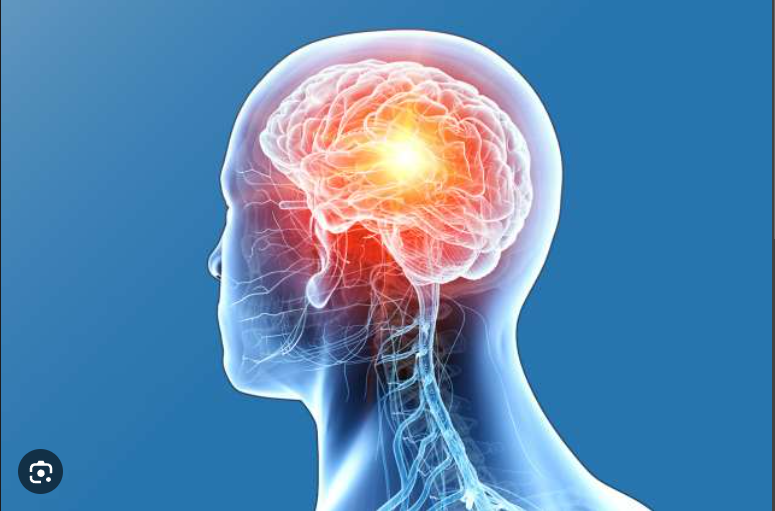Find out more about Brain cancer‘s symptoms, causes, and available treatments.
Although Brain cancer is not as common as other malignant growths like lung, breast, and prostate cancer, it can still occur when cells in the brain grow out of control, usually for unknown reasons. Furthermore, although adults are more likely to develop brain tumors, children can also be impacted.
The lifetime risk of developing a malignant tumor of the brain or spinal cord, which together make up the central nervous system, is about 1 in 143 for men and 1 in 185 for women, according to the American Cancer Society. Because tumors found in both the spinal cord and the brain tend to have similar characteristics, CNS tumors are often diagnosed and treated in similar ways. And their prevalence, or the total number of people who develop brain and spine tumors, is also tracked collectively. As of 2016, there were an estimated 165,813 people living with brain and other central nervous system cancers in the U.S., the National Cancer Institute notes.
Also read-Two Uteruses, Two Babies: A Single Woman’s Story Of Two Uteruses And Two Babies

While even rarer in children, brain and spinal cord tumors account for about 1 in 4 childhood cancers; each year, more than 4,000 children and teens are diagnosed with brain and spinal cord tumors, according to the ACS.
People of all ages can develop brain tumors, which may be cancerous (malignant) or non-cancerous (benign). Whether the brain tumor is cancerous or not, the symptoms that lead to diagnosis tend to be similar, and there’s overlap in how they’re treated as well. Even benign brain tumors may be debilitating and even life-threatening.
Types
The World Health Organization categorizes brain tumors by grades, from low to high, based on a continuum that takes into account the speed at which they grow and how the cells look under the microscope. This grading system includes tumors that are benign as well as those that are cancerous. In fact, certain types of tumors may be both, depending on factors like their rate of growth. Similarly, the same medical centers and specialists who treat malignant growths in the brain may also care for patients with brain tumors that are benign.
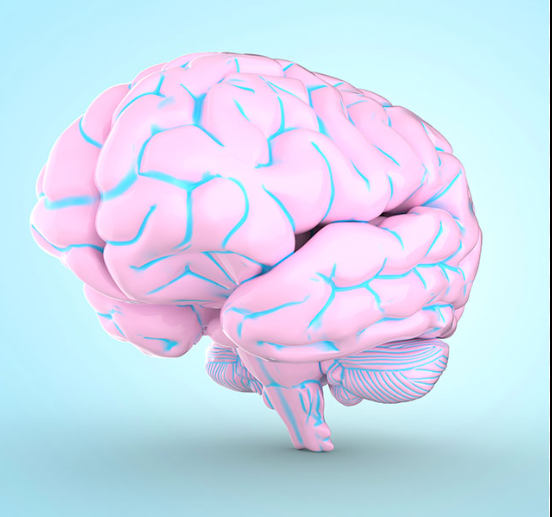
Tumors classified as Grades I and II grow slowly, or relatively slowly, and have cells that appear normal or slightly abnormal, respectively. These tumors are not malignant. Consequently, most patients with these grades of tumors usually go on to survive. However, a variety of issues (from headaches and seizures to a wide range of functional issues) can still be brought on by non-cancerous brain tumors. They may even be lethal at times. They frequently need to be treated as a result, including surgical removal.
By comparison, grade III brain tumors are cancerous, reproducing abnormal cells. Grade IV tumors, which are also cancerous, are the most aggressive, fastest-growing brain tumors.
There are more than 100 different types of benign and malignant brain tumors that vary by grade. The most common types include:
- Glioblastoma.
- Other astrocytomas.
- Meningioma.
- Secondary, or metastatic, tumors
Causes
Little is known about what causes brain tumors or how to prevent them.
One thing research doesn’t support is that cellphone use is the culprit, Kalkanis stresses. “We know now from multiple studies that cellphones do not cause brain cancer,” he says.
The ACS is a bit more circumspect. It points out that little long-term research has been done, and cellphones haven’t been around long enough to measure lifetime risk. But it still doesn’t point the finger at the ubiquitous technology: “Some studies have suggested a possible increased risk of brain tumors… with cell phone use, but most of the larger studies done so far have not found an increased risk, either overall or among specific types of tumors,” the ACS notes.
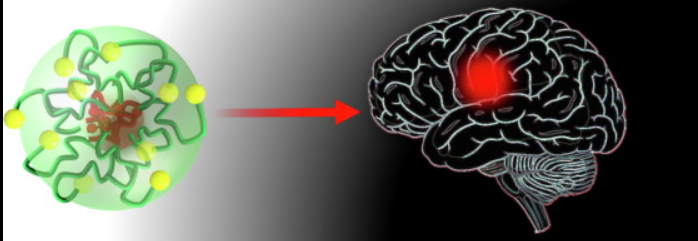
Not much is known about the potential influence of genetics on brain cancer, despite the fact that some cancers, like prostate cancer, run in families. However, a person’s risk may be elevated by certain uncommon inherited syndromes.
For instance, alterations in the TP53 tumor suppressor gene are the cause of the Li-Fraumeni syndrome, according to the ACS. Normally, this gene stops the growth of cells whose DNA is damaged. Variations in this gene raise the risk of developing certain other cancers and brain tumors, especially gliomas. It is still unclear, though, what causes the majority of gene mutations and whether or how that could impact the risk of brain cancer.
Symptoms
First things first, experts stress: It’s critical to keep in mind that brain cancer is an uncommon disease. Therefore, it’s crucial to be aware of specific symptoms but also to avoid casting suspicions too quickly.
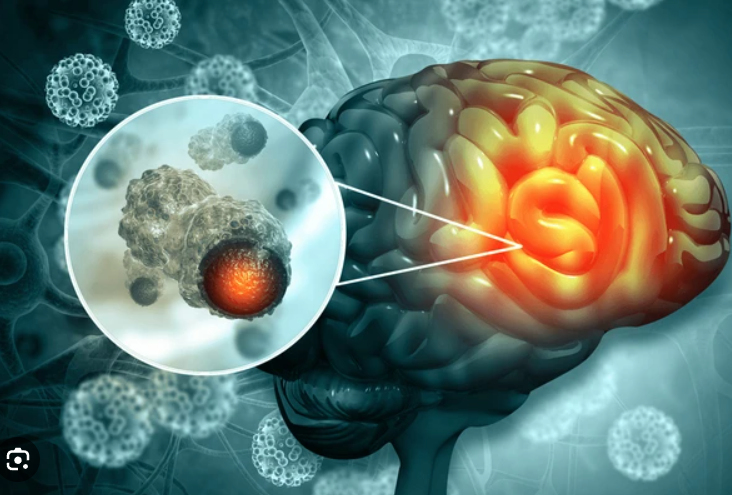
Kalkanis states, “I don’t want everyone who has a headache to think they have a brain tumor.” “Because this is not often the case.” Nevertheless, medical professionals advise bringing up any troubling symptoms with your physician.
- Are you worse when you wake up in the morning?
- Occur with vomiting.
- Get worse with coughing, exercise, or when you change positions.
- Don’t respond to over-the-counter pain medication (and it’s not a migraine).
- In addition, other possible brain tumor symptoms include:
- seizures, especially if you’ve never had a seizure before.
- Sudden vision problems, like blurry or double vision,
- Difficulty thinking or concentrating.
- Difficulty speaking or slurred speech
- Memory loss.
- Weakness, tingling, or stiffness on one side of the body
- Fatigue – like a sudden dip in energy level.
- Nausea.
- Disorientation.
- Loss of balance.
- Mood swings.
- Personality changes.
Diagnosis
When a patient is evaluated, their medical history and symptoms are usually taken into consideration first.
A neurological exam, which examines how well the brain and spine work, may also be performed on a patient as needed. This exam usually consists of tests of vision, hearing, balance, muscle strength, and coordination. A patient might be referred to a specialist, like a neurologist, if any deficits are found.
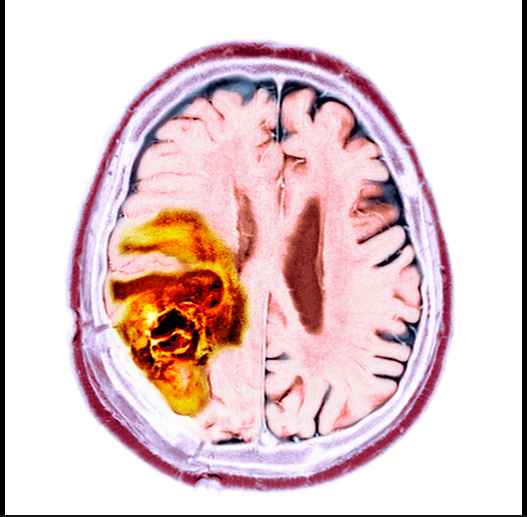
If it’s suspected that a patient may have a brain tumor, imaging like MRI (magnetic resonance imaging) is typically done. A biopsy is also commonly done to learn more about the tumor, including its type, grade, whether it’s cancerous, and even its genetic makeup, and to help determine appropriate treatment.
In some cases, a biopsy of the tumor may be too risky or difficult because of its location in the brain. In other cases, clinicians may feel that enough information has been gleaned from the evaluation and brain imaging to initiate surgery to remove all or part of the tumor. In such cases, a tissue sample is still typically taken for further evaluation once that’s been done.
“The vast majority of the time, we would want to get a little bit of the tumor tissue,” Chi says, which is used to help determine the next steps for treatment.
Treatment
As with many types of cancer, treatment for brain cancer falls into three primary categories and often includes a combination of two or all three:
- Surgery.
- Chemotherapy.
- Radiation

Also read-veggies fresh : Keep It Fresh Longer With These Expert Tips
images source: Google
Disclaimer: The opinions and suggestions expressed in this article are solely those of the individual analysts. These are not the opinions of HNN. For more, please consult with your doctor.







